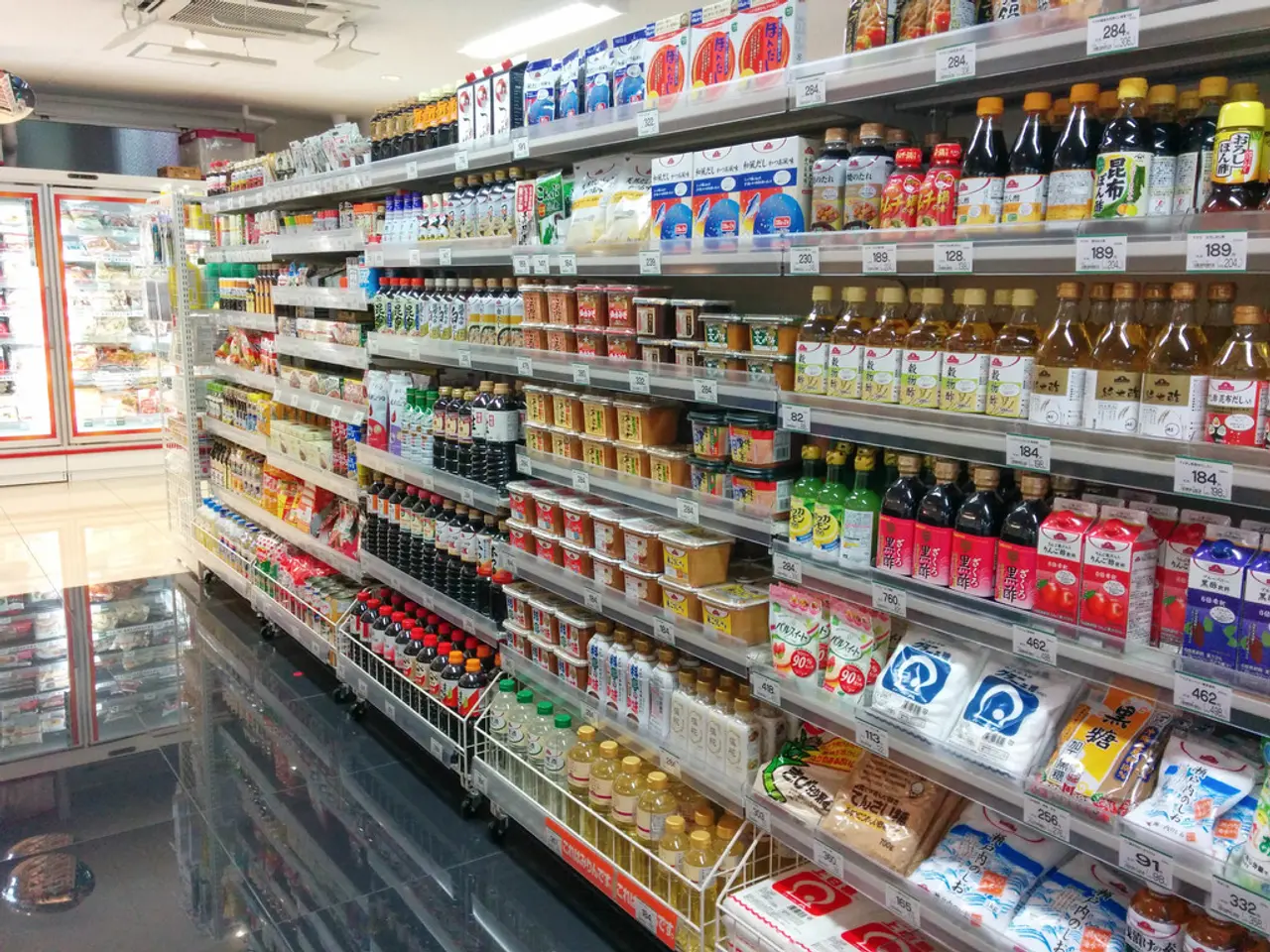Amazon streamlined the process for purchasing fresh produce
Amazon's grocery strategy is focusing on expanding same-day and next-day delivery of fresh and everyday essential foods, aiming for efficiency, scale, and strong integration of its Fresh and Core grocery operations. The company plans to extend same-day fresh food delivery to over 2,300 locations by the end of 2025, and is retrofitting fulfillment centers to better handle perishable groceries, including refrigerated items.
Key recent successes include a 75% new customer adoption rate for same-day perishables delivery in pilot markets, with 20% of customers making repeat purchases within a month. Delivering over 2 billion groceries and household essentials within one day in 2024, a 50% year-over-year increase, has been boosted by AI-powered inventory forecasting that improved regional product availability by 20%.
Amazon is aggressively expanding same-day delivery reach into smaller cities, towns, and especially rural areas, supported by a $4 billion investment to build out this network. The company is also shifting toward an everyday low-price model for fresh groceries combined with targeted couponing and brand partnerships to boost profitability while maintaining competitive pricing.
Amazon treats grocery as a unified business ("One Grocery"), merging Fresh and Core teams and integrating same-day fulfillment nodes to blur the lines between center-aisle staples and fresh foods. This integrated approach, combined with faster delivery, aggressive pricing, and broad assortment, threatens traditional grocers by capturing a larger share of the $1.5 trillion U.S. grocery market with convenient, low-cost fresh and essential food delivery.
The service is available for Prime members on orders over $25 in most cities, with a $2.99 fee for orders under that minimum. Non-Prime customers can use the service for a $12.99 fee without an order minimum. Amazon has partnered with local grocery stores and its own brands like Amazon Fresh and Whole Foods Market for delivering groceries. Customers can now order perishable items like dairy, meat, and seafood alongside their typical Amazon orders.
Amazon charges $9.95 for all Whole Foods deliveries, unlike the $2.99 fee for orders under $25 in the new service. The expansion of the service is expected to increase Amazon's market share in food, according to Neil Saunders, managing director and retail analyst at GlobalData Retail. However, Amazon still has physical ambitions in grocery, but the strategy and pathway to success is less clear. The company has struggled with opening physical stores and operating a separate app for grocery delivery in the past.
In summary, Amazon’s grocery business is scaling its same-day fresh food delivery rapidly through network retrofits, aggressive investment, AI-driven supply chain improvements, and a unified grocery model. Early pilot successes demonstrate strong customer acquisition and repeat purchase rates, signaling Amazon's growing competitive edge in fresh grocery e-commerce.
Read also:
- Tesla is reportedly staying away from the solid-state battery trend, as suggested by indications from CATL and Panasonic.
- Review of the 2025 Lamborghini Revuelto: Blazing Beasts on Wheels
- Tech giant Apple debuts sports app integrating betting odds provided by DraftKings
- California links 100,000 home storage batteries through its Virtual Power Plant program.






